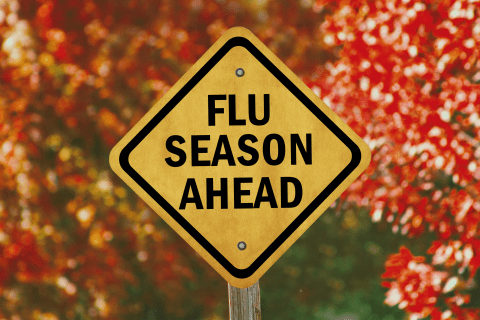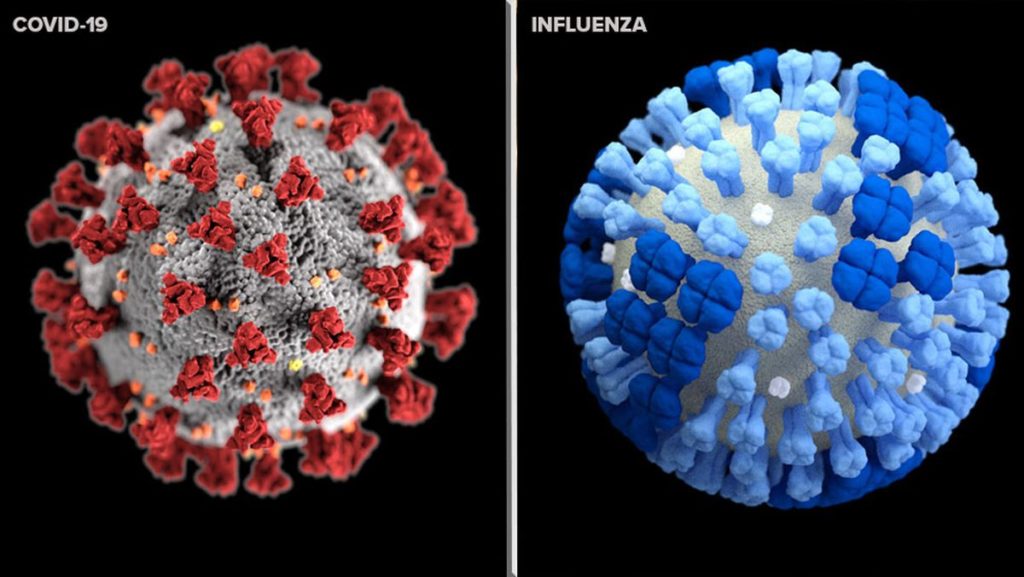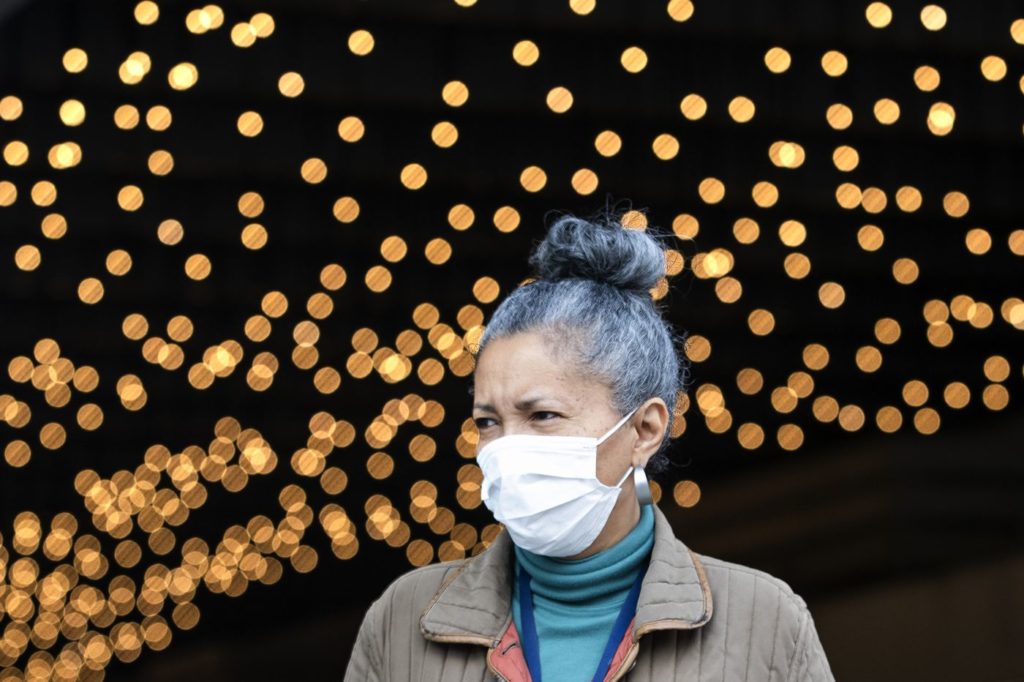
Fall is just around the corner. We look forward to Halloween, sweater weather, pumpkin spice, and vibrant colored trees that make for a picturesque backdrop. What we don’t look forward to, however, are the allergies that accompany the season. Every year, millions of people suffer from allergies, which sometimes leads to a cold, and in worst cases, the flu. Seasonal sickness can be severe for some and mild for others but add COVID-19 to the equation and matters are instantly more challenging. With the virus spreading profusely across the United states in the last six months, the slightest symptoms have conditioned people to assume they’ve contracted COVID. So, how will you know if your allergies are flaring or if you’re sick with COVID? It’s consequential to differentiate the symptoms and to know when to get tested.
If your allergies are triggered in the spring, they’re likely to do so in the fall. During the spring season, trees, grass and flowers bloom releasing billions of tiny grains into the air to fertilize other plants. The pollen is ingested by someone who is allergic, and their body’s defenses become erratic. Preceding fall is ragweed season (early August through mid-October), the time when ragweeds come alive. Like many other plants, the pollen from a single ragweed can cause itchiness, watery eyes, scratchy throat, runny nose, or congestion. Sometimes, during ragweed season you may also have post-nasal drip. It’s important to note that very rarely will someone have a fever with nasal allergies. This is a helpful way to distinguish your symptoms from other illnesses. Allergies can also be hereditary or a result of asthma, but generally, most people with fall allergies have a history of experiencing symptoms in the fall. Coughing is not a major symptom of nasal allergies, however, many people with nasal allergies may also have asthma. Over-the-counter medicine often remedies mild symptoms of fall allergies.

Common colds and upper respiratory infections indicate the beginning of the fall season. This is prevalent among kids. Depending on where you live, schools re-opening during this time can be a hotspot for viral contraction. The common cold is accompanied by mild headaches, slight coughs, nasal congestion and a runny nose. Symptoms unrelated to the cold include severe headaches, shortness of breath and any gastrointestinal problems.
Influenza also rises in the fall and unfortunately, thousands of people are hospitalized and even die from this every year. It’s improbable for anyone to accurately predict the most vulnerable demographic and the severity of the spread. During this season, fevers are present and it’s common for people to experience symptoms similar to those of COVID. This includes body aches, fatigue, sore throat, and dry cough. Unlike COVID-19, there is a vaccine for influenza. If you begin to feel any of these symptoms, talk to your doctor about getting vaccinated to mitigate any chance of developing the flu. Those who are asthmatic are especially encouraged to get vaccinated. If you do contract the flu, there are prescription medications available to reduce the severity of the symptoms.
“If you begin to feel any of these symptoms, talk to your doctor about getting vaccinated to mitigate any chance of developing the flu.”

Currently, COVID-19 is the foremost, prevalent concern in the United States. Since the initial observation of its presence in China, the spread has not seized and continues to claim lives. Data suggests the most vulnerable demographics include the elderly and those with conditions such as heart disease, diabetes, and high blood pressure. Despite this, all ages are susceptible to contracting the virus. The classic symptoms of COVID include a fever, dry cough, shortness of breath, fatigue, and loss of taste or smell. Like allergies and the cold, nasal symptoms can occur with COVID. And similar to the symptoms of influenza, body aches and a sore throat may also occur with COVID. Symptoms like nausea and diarrhea have also been reported with some COVID cases, but they are far less common than symptoms of respiratory conditions.
There are several distinctive symptoms of COVID, but many of them overlap with infections experienced in the fall season. Experiencing any of them can certainly be frightening for anyone. Avoid making assumptions before seeking medical guidance. If you’re experiencing any symptoms, analyze whether you’ve been exposed to anyone with the virus in the last 14 days. It can take anywhere between 2-14 days for symptoms to develop. Then, call your doctor to discuss getting tested for the virus. After testing, quarantine yourself until you receive the results and if your symptoms worsen, seek medical attention immediately.

“Avoid making assumptions before seeking medical guidance.”
Like the rest of the year, this season is going to be a challenge. We can, however, manage to get through it without an increasing fatality rate. It’s necessary to follow the guidelines provided by the CDC and health professionals. Social distance at least 6-feet apart from others when you’re in public spaces, wear a face mask, wash your hands, quarantine if you’re feeling the slightest bit ill, and call your doctor if you have any questions.
